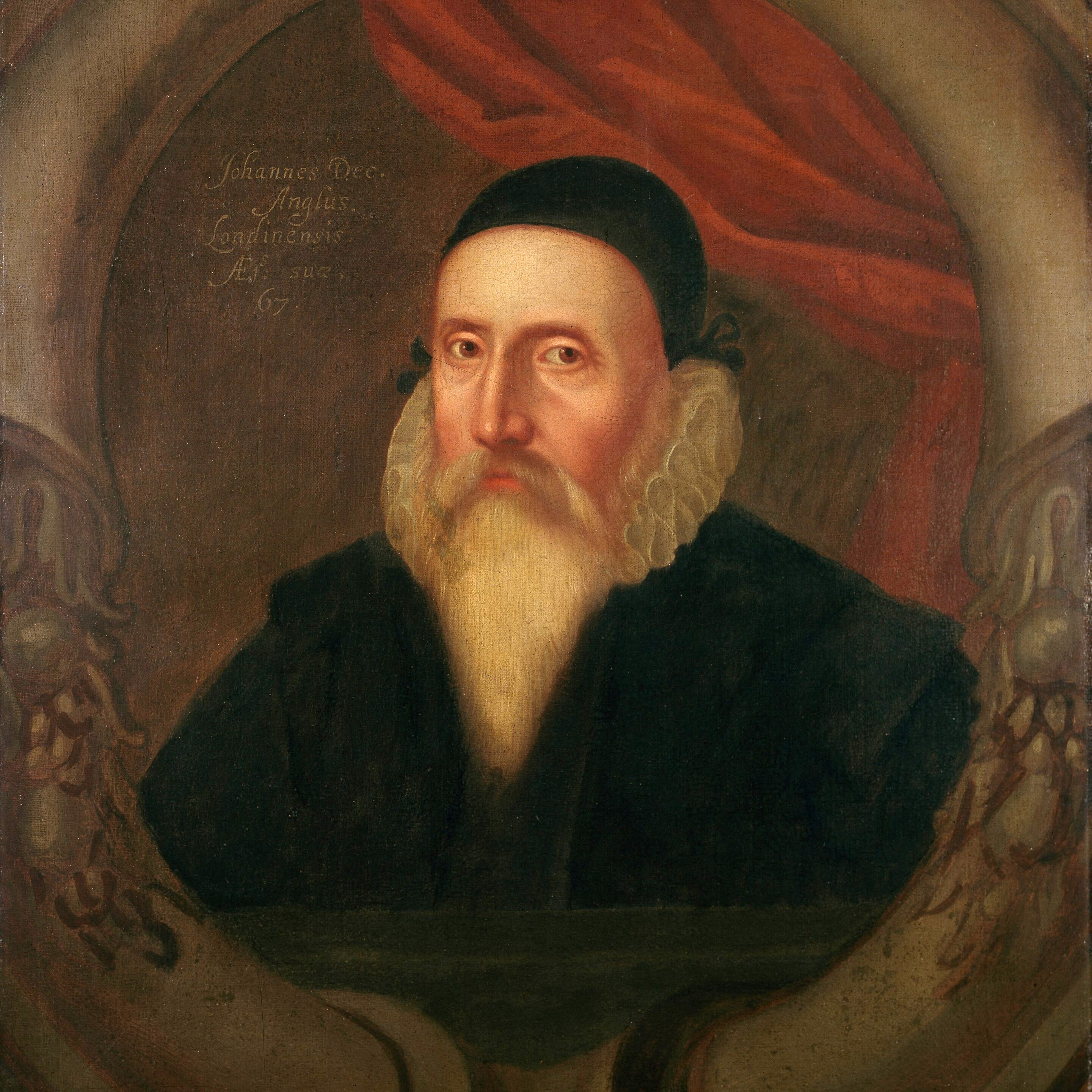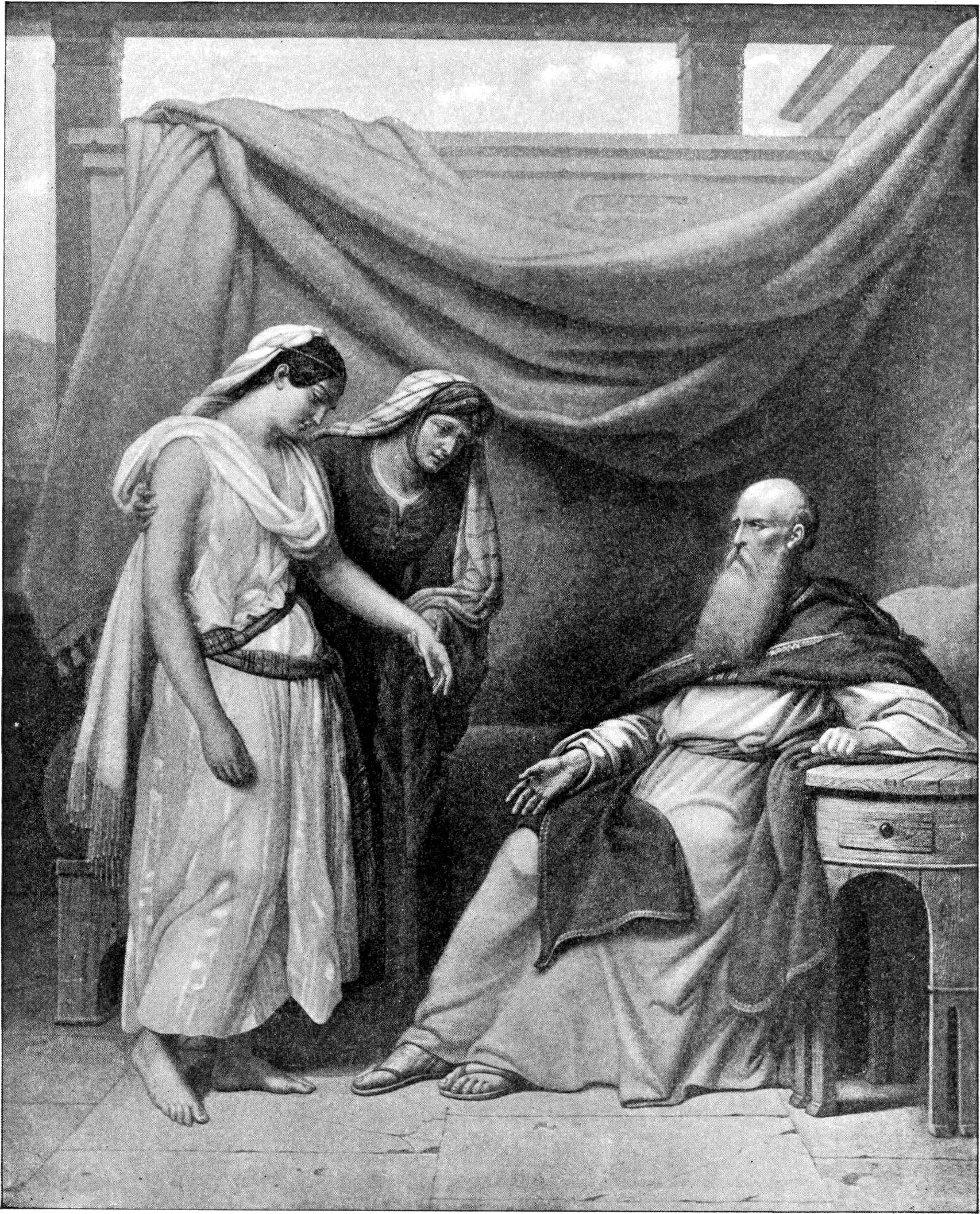|
Enoch
Enoch () ''Henṓkh''; ar, أَخْنُوخ ', ommonly in Qur'ānic literature ' is a biblical figure and Patriarchs (Bible)">patriarch prior to Noah's flood, and the son of Jared (biblical figure), Jared and father of Methuselah. He was of the Antediluvian period in the Hebrew Bible. The text of the Book of Genesis says Enoch lived 365 years before he was taken by God. The text reads that Enoch "walked with God: and he was no more; for God took him" (), which is interpreted as Enoch's entering heaven alive in some Jewish and Christian traditions, and interpreted differently in others. Enoch is the subject of many Jewish and Christian traditions. He was considered the author of the Book of Enoch and also called the scribe of judgment. In the New Testament, Enoch is referenced in the Gospel of Luke, the Epistle to the Hebrews, and in the Epistle of Jude, the last of which also quotes from it. In the Catholic Church, Eastern Orthodoxy, and Oriental Orthodoxy, he is venerated as ... [...More Info...] [...Related Items...] OR: [Wikipedia] [Google] [Baidu] |
Enochian
Enochian ( ) is an occult constructed language — said by its originators to have been received from angels — recorded in the private journals of John Dee and his colleague Edward Kelley in late 16th-century England. Kelley was a scryer who worked with Dee in his magical investigations. The language is integral to the practice of Enochian magic. The language found in Dee's and Kelley's journals encompasses a limited textual corpus. Linguist Donald Laycock, an Australian Skeptic, studied the Enochian journals, and argues against any extraordinary features. The untranslated texts of the ''Liber Loagaeth'' manuscript recall the patterns of glossolalia rather than true language. Dee did not distinguish the ''Liber Loagaeth'' material from the translated language of the ''Calls'', which is more like an artificial language. This language was called Angelical by Dee and later came to be referred to as 'Enochian' by subsequent writers. The phonology and grammar resemble English, ... [...More Info...] [...Related Items...] OR: [Wikipedia] [Google] [Baidu] |
Methuselah
Methuselah () ( he, מְתוּשֶׁלַח ''Məṯūšélaḥ'', in pausa ''Məṯūšālaḥ'', "His death shall send" or "Man of the javelin" or "Death of Sword"; gr, Μαθουσάλας ''Mathousalas'') was a biblical patriarch and a figure in Judaism, Christianity, and Islam. He had the longest lifespan of all those given in the Bible, dying at the age of 969. According to the Book of Genesis, Methuselah was the son of Enoch, the father of Lamech, and the grandfather of Noah. Elsewhere in the Bible, Methuselah is mentioned in genealogies in 1 Chronicles and the Gospel of Luke. His life is described in further detail in extra-biblical religious texts such as the Book of Enoch, Slavonic Enoch, and the Book of Moses. Bible commentators have offered various explanations as to why the Book of Genesis describes him as having died at such an advanced age; some believe that Methuselah's age is the result of a mistranslation, while others believe that his age is used ... [...More Info...] [...Related Items...] OR: [Wikipedia] [Google] [Baidu] |
Epistle Of Jude
The Epistle of Jude is the penultimate book of the New Testament as well as the Christian Bible. It is traditionally attributed to Jude, brother of James the Just, and thus possibly brother of Jesus as well. Jude is a short epistle written in Koine Greek. It condemns in fierce terms certain people the author sees as a threat to the early Christian community, but describes these opponents only vaguely. According to Jude, these opponents are within the Christian community, but are not true Christians: they are scoffers, false teachers, malcontents, given to their lusts, and so on. The epistle reassures its readers that these people will soon be judged by God. It is possible that the group being referred to would have been obvious to the original recipients of the letter, but if a specific group was being referred to, knowledge of the details has since been lost. The one bit of their potential ideology discussed in the letter is that these opponents denigrate angels and thei ... [...More Info...] [...Related Items...] OR: [Wikipedia] [Google] [Baidu] |
Entering Heaven Alive
Entering heaven alive (called by various religions "ascension", "assumption", or "translation") is a belief held in various religions. Since death is the normal end to an individual's life on Earth and the beginning of afterlife, entering heaven without dying first is considered exceptional and usually a sign of a deity's special recognition of the individual's piety. Judaism In the Hebrew Bible, there are two exceptions to the general rule that humans could not go to heaven – Enoch and Elijah – but neither is clear. mentions Enoch as one who "walked faithfully with God; then he was no more, because God took him away", but it does not explicitly say whether he was alive or dead, and it does not say where God took him. The Books of Kings describes the prophet Elijah being taken towards in a whirlwind, but the word can mean either heaven as the abode of God, or the sky (as the word "heavens" does in modern English), and so again the text is ambiguous. According to ... [...More Info...] [...Related Items...] OR: [Wikipedia] [Google] [Baidu] |
Jared (biblical Figure)
Jared or Jered ( he, ''Yereḏ'', in pausa ''Yāreḏ'', "to descend"; gr, Ἰάρετ ''Iáret''; ar, أليارد ''al-Yārid''),The etymology "to descend" is according to in the Book of Genesis, was a sixth-generation descendant of Adam and Eve. His primary history is recounted in . Modern scholarship The biblical details about Jared, like the other long-lived patriarchs, are in the book of Genesis. In terms of the documentary hypothesis, the passage about the descendants of Adam (Genesis 5:1-32) is attributed to the Priestly source. A parallel passage (Genesis 4:17-22) which contains a genealogy of the descendants of Cain, is attributed to the Jahwist, another ancient version of the same original genealogy. The two genealogies contain seven similar names, and the Jahwist's version of the genealogy has Irad in the place of Jared. Tradition His father Mahalalel, great-grandson of Seth, son of Adam, was 65 years old when Jared was born.65 according to the Masoreti ... [...More Info...] [...Related Items...] OR: [Wikipedia] [Google] [Baidu] |
John Dee
John Dee (13 July 1527 – 1608 or 1609) was an English mathematician, astronomer, astrologer, teacher, occultist, and alchemist. He was the court astronomer for, and advisor to, Elizabeth I, and spent much of his time on alchemy, divination, and Hermetic philosophy. As an antiquarian, he had one of the largest libraries in England at the time. As a political advisor, he advocated the foundation of English colonies in the New World to form a " British Empire", a term he is credited with coining. Dee eventually left Elizabeth's service and went on a quest for additional knowledge in the deeper realms of the occult and supernatural. He aligned himself with several individuals who may have been charlatans, travelled through Europe and was accused of spying for the English crown. Upon his return to England, he found his home and library vandalised. He eventually returned to the Queen's service, but was turned away when she was succeeded by James I. He died in poverty in Lon ... [...More Info...] [...Related Items...] OR: [Wikipedia] [Google] [Baidu] |
Angelology
In various theistic religious traditions an angel is a supernatural spiritual being who serves God. Abrahamic religions often depict angels as benevolent celestial intermediaries between God (or Heaven) and humanity. Other roles include protectors and guides for humans, and servants of God. Abrahamic religions describe angelic hierarchies, which vary by religion and sect. Some angels have specific names (such as Gabriel or Michael) or titles (such as seraph or archangel). Those expelled from Heaven are called fallen angels, distinct from the heavenly host. Angels in art are usually shaped like humans of extraordinary beauty. They are often identified in Christian artwork with bird wings, halos, and divine light. Etymology The word ''angel'' arrives in modern English from Old English ''engel'' (with a hard ''g'') and the Old French ''angele''. Both of these derive from Late Latin ''angelus'', which in turn was borrowed from Late Greek ''angelos'' (literally "messeng ... [...More Info...] [...Related Items...] OR: [Wikipedia] [Google] [Baidu] |
Patriarchs (Bible)
The patriarchs ( he, אבות ''Avot'', singular he, אב '' Av'') of the Bible, when narrowly defined, are Abraham, his son Isaac, and Isaac's son Jacob, also named Israel, the ancestor of the Israelites. These three figures are referred to collectively as the patriarchs, and the period in which they lived is known as the patriarchal age. Judaism, Christianity, and Islam hold that the patriarchs, along with their primary wives, known as the #Matriarchs, matriarchs (Sarah, Rebekah and Leah) are entombed at the Cave of the Patriarchs, a site held holy by the three religions. Rachel, Jacob's other wife, is said to be buried separately at what is known as Rachel's Tomb, near Bethlehem, at the site where she is believed to have died in childbirth. More widely, the term patriarchs can be used to refer to the twenty male ancestor-figures between Adam and Abraham. The first ten of these are called the antediluvian patriarchs, because they came before Genesis flood narrative, th ... [...More Info...] [...Related Items...] OR: [Wikipedia] [Google] [Baidu] |
Qur'ān
The Quran (, ; Standard Arabic: , Quranic Arabic: , , 'the recitation'), also romanized Qur'an or Koran, is the central religious text of Islam, believed by Muslims to be a revelation from God. It is organized in 114 chapters (pl.: , sing.: ), which consist of verses (pl.: , sing.: , cons.: ). In addition to its religious significance, it is widely regarded as the finest work in Arabic literature, and has significantly influenced the Arabic language. Muslims believe that the Quran was orally revealed by God to the final prophet, Muhammad, through the archangel Gabriel incrementally over a period of some 23 years, beginning in the month of Ramadan, when Muhammad was 40; and concluding in 632, the year of his death. Muslims regard the Quran as Muhammad's most important miracle; a proof of his prophethood; and the culmination of a series of divine messages starting with those revealed to Adam, including the Torah, the Psalms and the Gospel. The word ''Quran'' occurs s ... [...More Info...] [...Related Items...] OR: [Wikipedia] [Google] [Baidu] |
Antediluvian
The antediluvian (alternatively pre-diluvian or pre-flood) period is the time period chronicled in the Bible between the fall of man and the Genesis flood narrative in biblical cosmology. The term was coined by Thomas Browne. The narrative takes up chapters 1–6 (excluding the flood narrative) of the Book of Genesis. The term found its way into early geology and science until the late Victorian era. Colloquially, the term is used to refer to any ancient and murky period. Precedents The Sumerian flood myth is alleged to be the direct mythological antecessor to the biblical flood record as well as other Near Eastern flood stories, and reflects a similar religious and cultural relevance to their religion. Much as the Abrahamic religions, ancient Sumerians divided the world between pre-flood and post-flood eras, the former being a time where the gods walked the earth with humans. After the flood, humans ceased to be immortal and the gods distanced themselves. Timing the antedi ... [...More Info...] [...Related Items...] OR: [Wikipedia] [Google] [Baidu] |
Gerard Hoet
Gerard Hoet (; 22 August 1648 – 2 December 1733) was a Dutch Golden Age painter and engraver. Biography Gerard Hoet trained with his father and brother who were glass painters, and Warnard van Rijsen, who lived in Zaltbommel, and who himself was a pupil of Cornelis van Poelenburgh in Utrecht.Gerard Hoet biography in ''De groote schouburgh der Nederlantsche konstschilders en schilderessen'' (1718) by Arnold Houbraken, courtesy of the In 1672 Hoet moved to |








